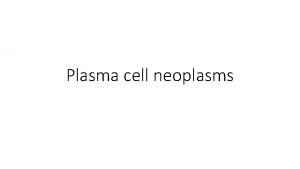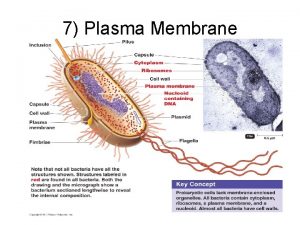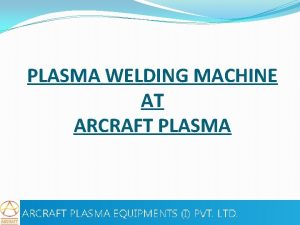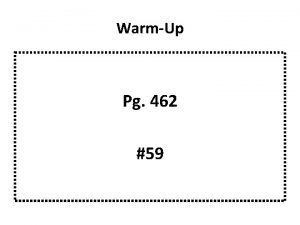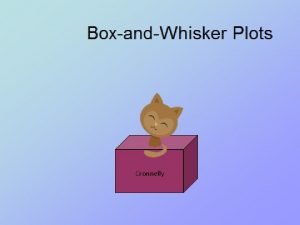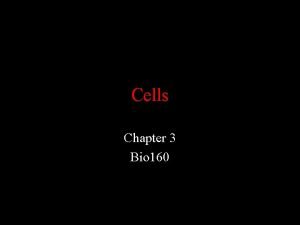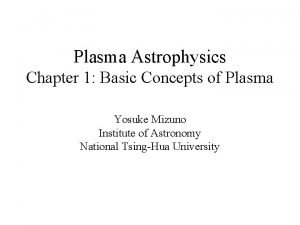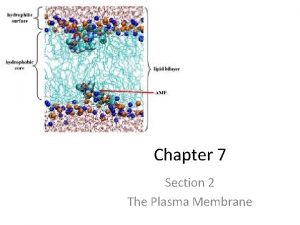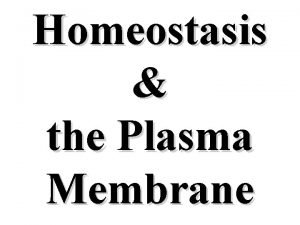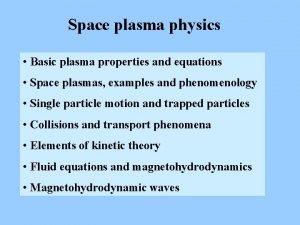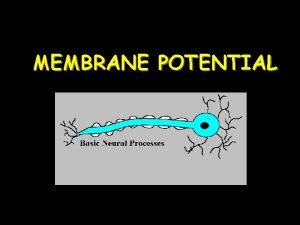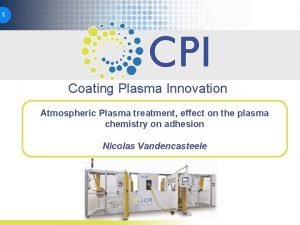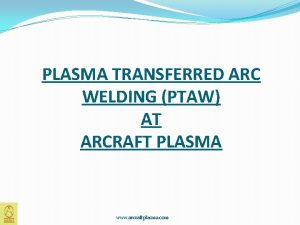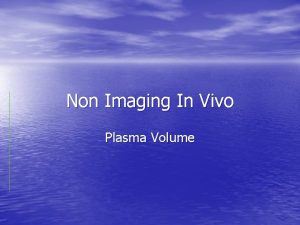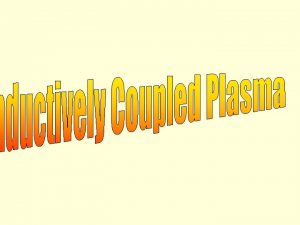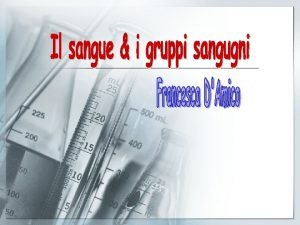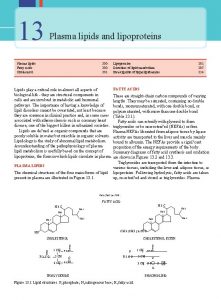Chapter 7 WarmUp 1 1 Is the plasma




































- Slides: 36

Chapter 7: Warm-Up 1 1. Is the plasma membrane symmetrical? Why or why not? 2. What types of substances cross the membrane the fastest? Why? 3. Explain the concept of water potential. (Hint: Refer to Lab 1)

Chapter 7: Warm-Up 2 1. What are glycoproteins and glycolipids and what is their function? 2. How do hydrophilic substances cross the cell membrane? 3. Why does water move through the bi-layer quickly?

Chapter 7: Warm-Up 3 1. Explain membrane potential and how it affects the cell. 2. In a U-tube, side A has 4 M glucose and 2 M Na. Cl. Side B has 2 M glucose and 6 M Na. Cl. Initially, side A is ____ to side B and side B is ____ to side A. What happens if the membrane is permeable to both solutes? Only permeable to water and Na. Cl?

Chapter 7: Warm-Up 4 1. Side A in a U tube has 5 M sucrose and 3 M glucose. Side B has 2 M sucrose and 1 M glucose. The membrane is permeable to glucose and water only. What happens to each side?

Chapter 7: Warm-Up 5 1. Side A in a U tube has 3 M sucrose and 1 M glucose. Side B has 1 M sucrose and 3 M glucose. The membrane is permeable to glucose and water only. What happens to each side?

Chapter 7 Membrane Structure and Function

What You Must Know: Why membranes are selectively permeable. The role of phospholipids, proteins, and carbohydrates in membranes. How water will move if a cell is placed in an isotonic, hypertonic, or hypotonic solution. How electrochemical gradients are formed.

Cell Membrane A. Plasma membrane is selectively permeable Allows some substances to cross more easily than others B. Fluid Mosaic Model Fluid: membrane held together by weak interactions Mosaic: phospholipids, proteins, carbs

Early membrane model (1935) Davson/Danielli – Sandwich model phospholipid bilayer between 2 protein layers Problems: varying chemical composition of membrane, hydrophobic protein parts

The freeze-fracture method: revealed the structure of membrane’s interior

Fluid Mosaic Model


Phospholipids Bilayer Amphipathic = hydrophilic head, hydrophobic tail Hydrophobic barrier: keeps hydrophilic molecules out

Membrane fluidity Low temps: phospholipids w/unsaturated tails (kinks prevent close packing) Cholesterol resists changes by: limit fluidity at high temps hinder close packing at low temps Adaptations: bacteria in hot springs (unusual lipids); winter wheat ( unsaturated phospholipids)

Membrane Proteins Integral Proteins Peripheral Proteins Embedded in membrane Determined by freeze fracture Transmembrane with hydrophilic heads/tails and hydrophobic middles Extracellular or cytoplasmic sides of membrane NOT embedded Held in place by the cytoskeleton or ECM Provides stronger framework

Integral & Peripheral proteins

Transmembrane protein structure Hydrophobic interior Hydrophilic ends

Some functions of membrane proteins

Carbohydrates Function: cell-cell recognition; developing organisms Glycolipids, glycoproteins Eg. blood transfusions are type-specific

Synthesis and sidedness of membranes

Selective Permeability Small molecules (polar or nonpolar) cross easily (hydrocarbons, hydrophobic molecules, CO 2, O 2) Hydrophobic core prevents passage of ions, large polar molecules

Passive Transport NO ENERGY needed! Diffusion down concentration gradient (high low concentration) Eg. hydrocarbons, CO 2, H 2 O


Osmosis: diffusion of H 2 O

External environments can be hypotonic, isotonic or hypertonic to internal environments of cell

Facilitated Diffusion Transport proteins (channel or carrier proteins) help hydrophilic substance cross § (1) Provide hydrophilic channel or (2) loosely bind/carry molecule across § Eg. ions, polar molecules (H 2 O, glucose)

Aquaporin: channel protein that allows passage of H 2 O

Glucose Transport Protein (carrier protein)

Active Transport Requires ENERGY (ATP) Proteins transport substances against concentration gradient (low high conc. ) Eg. Na+/K+ pump, proton pump

Electrogenic Pumps: generate voltage across membrane Na+/K+ Pump Proton Pump Na+ out, K+ into cell Nerve transmission Push protons (H+) across membrane Eg. mitochondria (ATP production)

Cotransport: membrane protein enables “downhill” diffusion of one solute to drive “uphill” transport of other Eg. sucrose-H+ cotransporter (sugar-loading in plants)

Passive vs. Active Transport Little or no Energy High low concentrations DOWN the concentration gradient eg. diffusion, osmosis, facilitated diffusion (w/transport protein) Requires Energy (ATP) Low high concentrations AGAINST the concentration gradient eg. pumps, exo/endocytosis


Bulk Transport of proteins, polysaccharides, large molecules Endocytosis: take in macromolecules, form new vesicles Exocytosis: vesicles fuse with cell membrane, expel contents

Types of Endocytosis Phagocytosis: “cellular eating” - solids Pinocytosis: “cellular drinking” - fluids Receptor-Mediated Endocytosis: Ligands bind to specific receptors on cell surface

Bio. Flix Animation Membrane Transport
 Warmup ratio
Warmup ratio Warmup 65
Warmup 65 Gmass warmup
Gmass warmup Status vs class
Status vs class Surface area warm up
Surface area warm up Rhyme glow
Rhyme glow Multiplying exponents
Multiplying exponents Java warmup
Java warmup Define:warmup
Define:warmup Pathos story
Pathos story Tinman schwartz
Tinman schwartz Warmup 65
Warmup 65 Warmup end
Warmup end Chapter 10 plasma arc cutting
Chapter 10 plasma arc cutting Hình ảnh bộ gõ cơ thể búng tay
Hình ảnh bộ gõ cơ thể búng tay Lp html
Lp html Bổ thể
Bổ thể Tỉ lệ cơ thể trẻ em
Tỉ lệ cơ thể trẻ em Gấu đi như thế nào
Gấu đi như thế nào Tư thế worms-breton
Tư thế worms-breton Chúa yêu trần thế
Chúa yêu trần thế Kể tên các môn thể thao
Kể tên các môn thể thao Thế nào là hệ số cao nhất
Thế nào là hệ số cao nhất Các châu lục và đại dương trên thế giới
Các châu lục và đại dương trên thế giới Công của trọng lực
Công của trọng lực Trời xanh đây là của chúng ta thể thơ
Trời xanh đây là của chúng ta thể thơ Mật thư tọa độ 5x5
Mật thư tọa độ 5x5 101012 bằng
101012 bằng độ dài liên kết
độ dài liên kết Các châu lục và đại dương trên thế giới
Các châu lục và đại dương trên thế giới Thể thơ truyền thống
Thể thơ truyền thống Quá trình desamine hóa có thể tạo ra
Quá trình desamine hóa có thể tạo ra Một số thể thơ truyền thống
Một số thể thơ truyền thống Cái miệng xinh xinh thế chỉ nói điều hay thôi
Cái miệng xinh xinh thế chỉ nói điều hay thôi Vẽ hình chiếu vuông góc của vật thể sau
Vẽ hình chiếu vuông góc của vật thể sau Nguyên nhân của sự mỏi cơ sinh 8
Nguyên nhân của sự mỏi cơ sinh 8 đặc điểm cơ thể của người tối cổ
đặc điểm cơ thể của người tối cổ






































